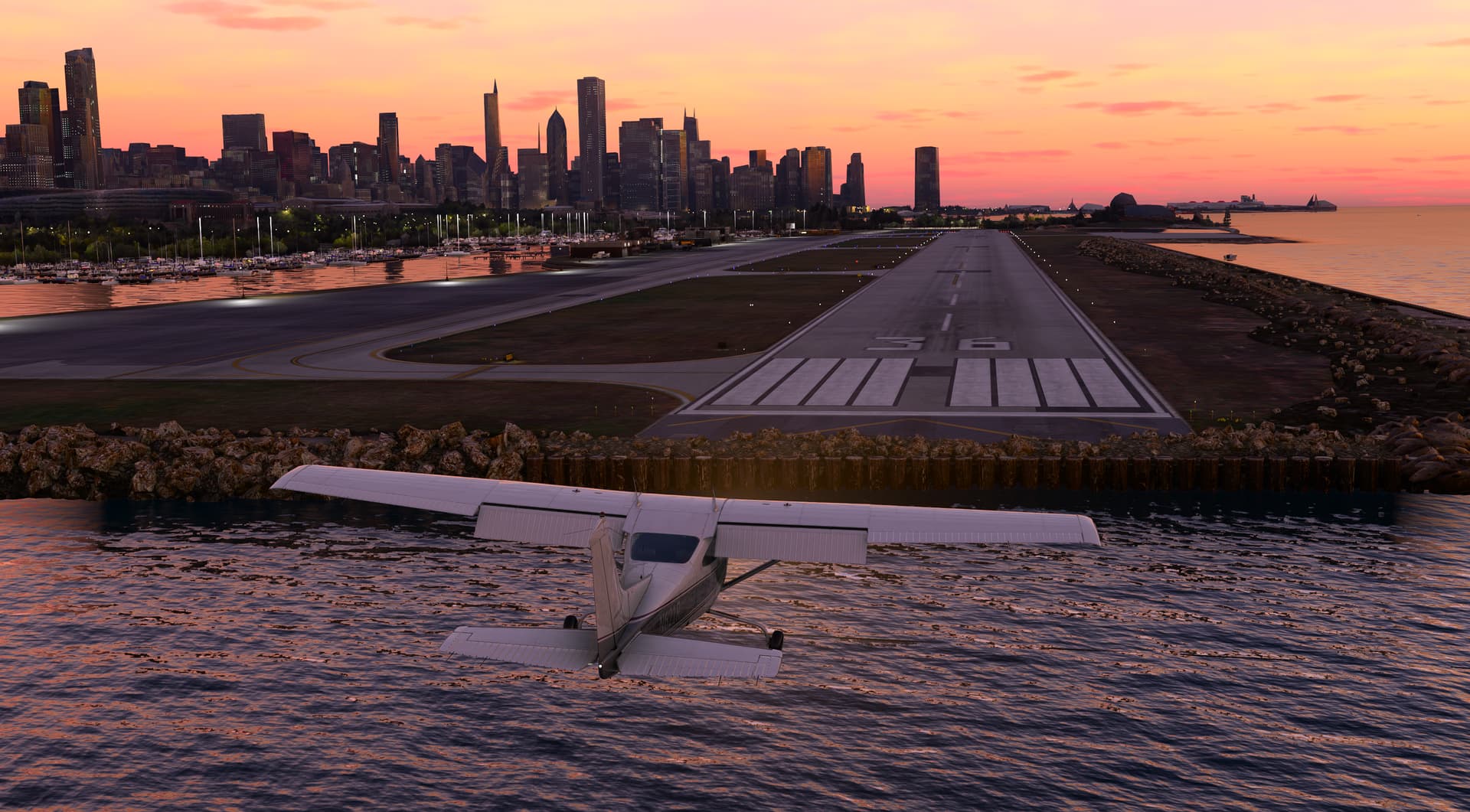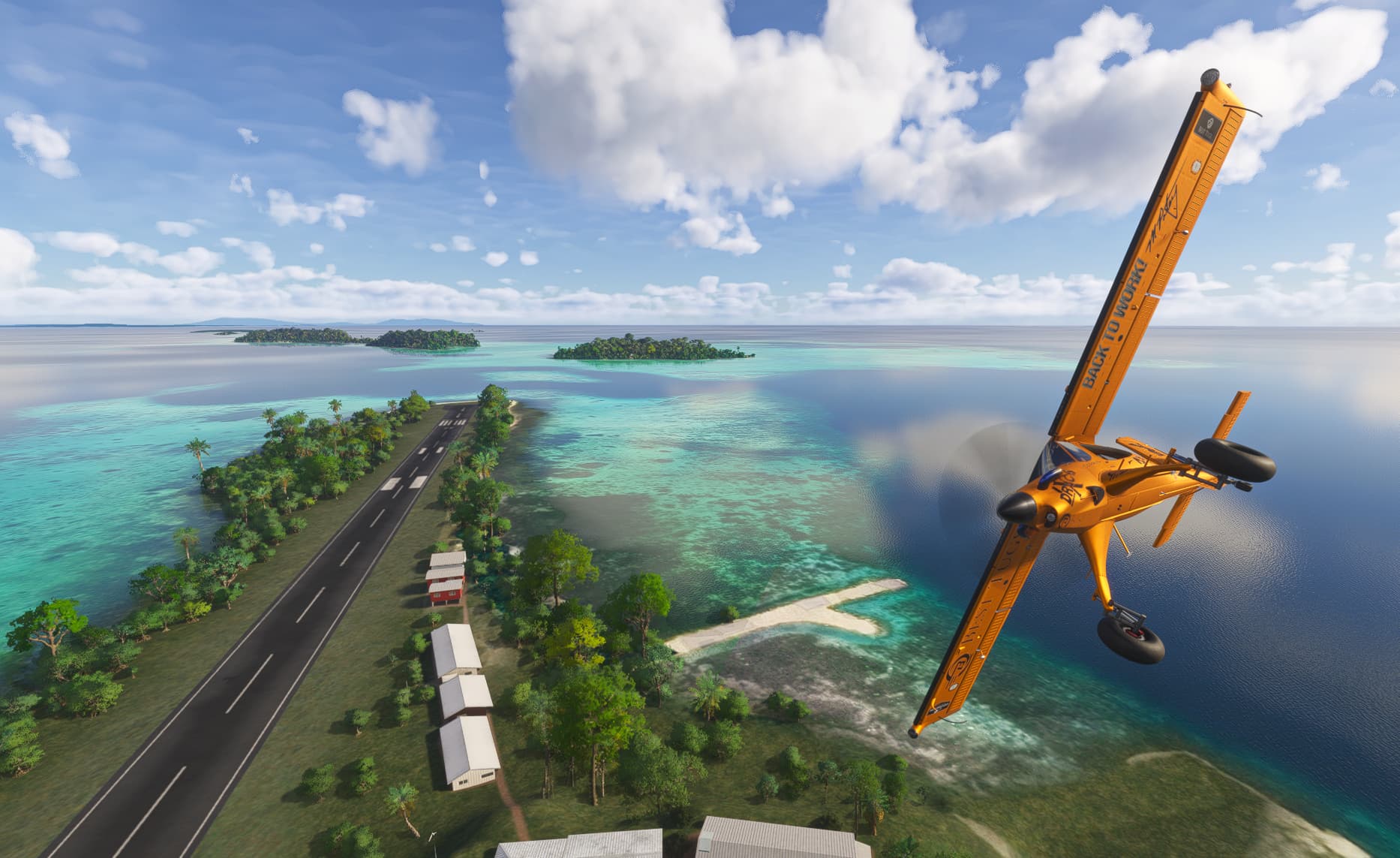Picture this: you’ve just stepped out of a real GA cockpit after a 90-minute cross-country and into your home sim. You plug in a Honeycomb Alpha yoke, the Bravo throttle quadrant, and the Charlie rudder pedals — the three form a little flightdeck trio that’s meant to bridge the gap between boxed controllers and something that feels like the real airplane. That’s what this bundle promises: fidelity, ergonomics, and a sense of control that keeps your hands where the “real” ones would be.


Over the next few words I’ll take you through installation and setup, ergonomics and feel, the way the controls translate to aircraft types and flight phases, reliability and robustness, software and customization, and finally value: when this bundle is a slam dunk, and when you might be better off holding off.
First impressions & installation
Bring-up on the ramp: unboxing the three is a small ritual — the Alpha’s heavy, sculpted yoke looks the part: metal shaft, reassuring weight, a cluster of switches where your thumbs land. The Bravo has the distinct, industrial look of aircraft throttles with three major levers and a modular quadrant tray. The Charlie pedals arrive compact but unapologetically solid, with a surprising amount of metal underfoot and an adjustable toe-brake travel.
Installation is pleasantly low-stress for anyone who’s assembled cockpit kit before. Each unit is purpose built to sit on a desk or mount to a sim frame. Cable routing is straightforward and the USB connectors are standard. For pilots who like a clean cockpit, the Bravo and Alpha accept alternate handles or add-ons (and you’ll enjoy fiddling with lever geometry and detent feel). Pedal placement requires a bit more thought — you’ll spend a few minutes positioning the Charlie pedals so they match your seat height and the yoke reach. Small details matter here: if your chair is soft or your desk too shallow, the pedals can feel off. A proper sim seat or a simple riser fixes that quickly.
Ergonomics and tactile feedback — “does it behave like an airplane?”
A pilot’s first question is never about plastic or metal; it’s about whether the controls will let you execute maneuvers the way you expect. Does the yoke give the right amount of pitch authority on short final? Do the brakes bite when you want them to? Can the throttle be feathered like a real piston?


Alpha Flight Controls (Yoke & Switch Panel)
The Alpha’s yoke armature is firm and smooth with a satisfying centering feel. It doesn’t try to mimic hydraulic heaviness or artificial feel — it’s more like a well-balanced mechanical yoke, with progressive resistance as you move away from center. The switch cluster is thoughtfully placed: autopilot disconnect (thumb swipe), trim wheels/function toggles, and pushbuttons where a pilot’s thumbs naturally rest. For approaches and pattern work you’ll appreciate the immediate, non-spongy response; the yoke tracks commands without hysteresis or dead zones that some cheaper units have.


Bravo Throttle Quadrant
If the Alpha is the hands, the Bravo is the heart. Its levers are damped just enough that you don’t get runaway twitching, yet free enough for micro-adjustments — essential for mixture management, prop RPM, and power changes during approach. Detents for detentable functions (e.g., mixture, or proprietary TO/GA detents in airline profiles) are distinct but not abrupt. For twin-engine work the Bravo really shines: you can split, stagger, or synchronize throttles smoothly, which is crucial for asymmetric power exercises and engine-fail procedures. The build is reassuringly mechanical; flicking the condition levers (or the equivalent) feels analogous to moving a real throttle quadrant.


Charlie Rudder Pedals
The pedals are the one part of the bundle where pilots often have the most specific demands. Charlie gives a long pedal travel and, importantly, good resolution at the ends of travel for toe-brakes. The springs are firm but not brutal; you can apply progressive rudder input for crosswind corrections without feeling like you’re rubbing on the end stops. Toe brakes are progressive and intuitive — they are not simply on/off switches. That means you can modulate differential braking for tight taxi work and realistic runway handling.
In the cockpit: flight phases and real-world scenarios
A good simulator setup doesn’t just feel realistic in textbook maneuvers — it behaves believably in the messy, real situations pilots face.
Takeoff roll & rotation
Taxi with the Charlie pedals feels natural. During takeoff, the Bravo’s throttles allow you to coordinate power changes with the yoke inputs neatly: no lag, no abrupt jumps. The Alpha’s centering is especially useful during rotation — it supports a smooth, one-handed rotation technique for light GA types. For heavier sims or airliners where you may want more “feel,” the lack of genuine control loading is noticeable but acceptable: the hardware focuses on precision and ergonomics rather than simulating hydraulic loads.

Crosswind approaches
Here the Charlie pedals and Alpha yoke must dance together. The pedals provide clean, incremental inputs, and the yoke responds predictably. If you train in a light single, you’ll be able to execute crab/flair transitions and manage drift with confidence. The real test is asymmetric thrust in crosswind: the Bravo’s independent throttles let you mimic an engine out condition and practice rudder and power coordination realistically.
Engine-out / single-engine handling
For multi-engine procedures the Bravo is invaluable. It’s possible to replicate the feel of a yawing airframe when you cut power to one engine and then counter with coordinated rudder. The combination of progressive pedal authority and individual throttle control makes practicing emergency drills productive — you can train the sequence, get a feel for how much rudder is needed, and adjust trims as you would in a real cockpit.
Short final & touchdown
Precision matters here. The Alpha’s fine control makes little pitch adjustments easy, and Charlie’s toe-brakes allow for a measured rollout. The only shortcoming is that you don’t get force feedback like a control loading system (which varies by sim accessory and can be added separately). Still, for most GA and even twin-engine work, you’ll come away satisfied: landings are repeatable and you’ll notice your sim technique actually improving.

Software, mapping and customization
Every hardware package is only as good as its software. Honeycomb’s configuration utilities allow button mapping, sensitivity curves, and dead-zone adjustments. They’re not the most elaborate on the market, but they are functional and generally stable.
- Mapping: Buttons and switches on the Alpha can be bound to radio navs, autopilot toggles, or custom macros. The Bravo supports axis curves and detent mapping; you can make the mix/prop act like a real aircraft with appropriate curves.
- Profiles: Expect to make different profiles for GA, twins, turbine jets; switching profiles is usually quick.
- Sensitivity and smoothing: You should dial in a small amount of smoothing for the yoke if you’re twitchy with hands, but avoid over-smoothing which dulls responsiveness. Most pilots I’ve read who use these devices end up with slightly different curves per aircraft type — a light curve for Cessna 172-style flying, a stiffer curve for Baron/PA-34 types.
If you’re a power user, you’ll integrate these with third-party tools (flightdeck software, mapping layers) to get the most out of the hardware. Honeycomb’s drivers are not closed; they play nicely with popular sim add-ons and community mappings.
Durability and maintenance — how hard can you bash these things?
One of the strengths of this bundle is honest construction. Metal shafts, machined parts in high-stress zones, and reinforced joints give the gear a professional look and feel. They’re not aerospace-grade—they don’t pretend to be—but they are built to withstand hours of repeated movement and the occasional enthusiastic tug.
From user reports and forums, the common failure modes are usually minor: sticky buttons after heavy use, occasional need to tighten a mounting screw, or the rare trim wheel recalibration. Honeycomb’s customer support has a mixed reputation in community threads — responsive for warranty returns, slower for nuanced configuration support. My practical takeaway: treat these as tools designed for heavy desktop use, not as museum pieces. Clean connectors, avoid spills, and put a soft pad under the Bravo if your desk transmits a lot of vibration.
Noise and subtle annoyances
The hardware is not silent. The Bravo levers, when moved briskly, create clicky mechanical sounds — satisfying to some, distracting to others depending on microphone setup if you stream. The yoke has a gentle metallic echo when you apply aggressive inputs; pedals are comparatively quiet. If you broadcast your sim sessions, you’ll want a desk mat or microphone positioning to avoid picking up mechanical clatter.
Who benefits most — target pilots
This bundle is aimed at pilots who want an accessible, realistic step up from entry-level sticks and joysticks:
- Private pilots & students: Excellent. The ergonomic positions of switches mimic real cockpits well enough to train basic procedures and reinforce muscle memory.
- Instrument students: Very useful, because the switch placement (e.g., autopilot disconnect on the yoke) helps reinforce procedural flows.
- Twin-engine and multi-engine simmers: The Bravo’s three levers and capacity for asymmetric control make it a massive plus for this group.
- Prospective sim pilots training for complex machines: Useful as a home trainer to rehearse flows, but remember you’ll still need experience in a real cockpit for things like control loading and real-world aerodynamics.
Less suitable for people wanting full motion or force feedback realism — this bundle is not a motion system. Flight schools or IFR instructors who insist on certified control loading and tactile flight control feel will still prefer dedicated training hardware.

Price and value proposition
If you compare the bundle cost to buying components separately, there’s typically a modest saving. But “value” is not only about sticker price—consider your training goals. The bundle delivers a realistic, durable, and ergonomically believable system that improves practice quality. For many private pilots, it’s cost-effective: you get a convincing cockpit for cross-country practice, emergency drills, and instrument approaches without spending on high-end force feedback systems.
The twist — a pilot’s confessions and habits
Pilots are creatures of ritual. You’ll find yourself inventing new checks just to enjoy the hardware: a throttle-lever waggle before startup, an Alpha-trim sweep as a pre-takeoff ritual, or a half-second of berating the pedals after a sloppy landing. The gear subtly changes how you practice. Because the Bravo’s levers are satisfying, you’ll practice mixture leaning and prop adjustments more often. Because the Charlie pedals are responsive, you’ll work on rudder coordination instead of letting yaw slip by. The hardware nudges you to better technique — and that’s the real value.
Here’s an honest little confession many pilots make: when the sim session is over, don’t be surprised if you keep your hand on the Alpha yoke a beat longer, thinking about the touchdown you could have made. That tiny psychological nudge — the sense that you’re connecting to an “airplane” rather than a game controller — is worth its weight in practice hours.
Drawbacks and realistic caveats
No product is perfect. Here are the realistic limitations:
- No true force feedback: Control loading systems are still a separate category and add major realism for heavy jets. If you want that level of fidelity, you’ll need additional hardware.
- Software quirks: Occasional driver updates or mapping oddities can be a nuisance. Back up your custom profiles.
- Desk mounting vs. framed mounting: Using these on a flimsy desk can compromise feel. If you want the best experience, consider a sim frame or solid desk.
- Customer support variability: Some users report quick replacements; others describe longer waits. Keep receipts and register your gear.

Final approach and landing — verdict
If you want a crisp, professional, and modular set of primary flight controls that bring a home simulator closer to a “real cockpit” experience — especially for GA and piston twins — the Honeycomb Alpha + Bravo + Charlie bundle is a very strong choice. It’s not pretending to replace certified training devices with force feedback or motion platforms, but it is a dramatic leap over basic consumer controllers.
Pros (summary from a pilot’s point of view):
- Ergonomic, well-placed controls that reinforce real cockpit flows.
- Bravo allows realistic multi-engine practice with independent throttle control.
- Charlie pedals give progressive toe-brake and usable rudder authority for crosswind work.
- Durable build and aircraft-like aesthetics encourage continued practice.
- Good value for pilots wanting a realistic desktop flightdeck.
Cons (pilot reality checks):
- Lacks true force feedback and full control loading.
- Some software/drivers need patience and custom tuning.
- Desk mounting can diminish the experience unless the platform is solid.
- Occasional reports of minor hardware quirks; register for warranty.


Final words from the left seat
A simulator is only as useful as the way it shapes your habits. This Honeycomb bundle doesn’t just look like the controls you’d find in a Cessna, Baron, or light turboprop — it rewards practicing the right things. You’ll find yourself trimming more, leaning mixtures, coordinating rudder and aileron at the same time, and paying attention to little insteps of procedure that matter in an actual cockpit.
If you asked me, as a pilot, whether this bundle would help a private pilot become safer and more proficient in real life: I’d say yes — with the usual rider that nothing replaces instruction in a real airplane. But in terms of turning simulator hours into meaningful, transferable skills, this kit takes you a long way down the runway.














